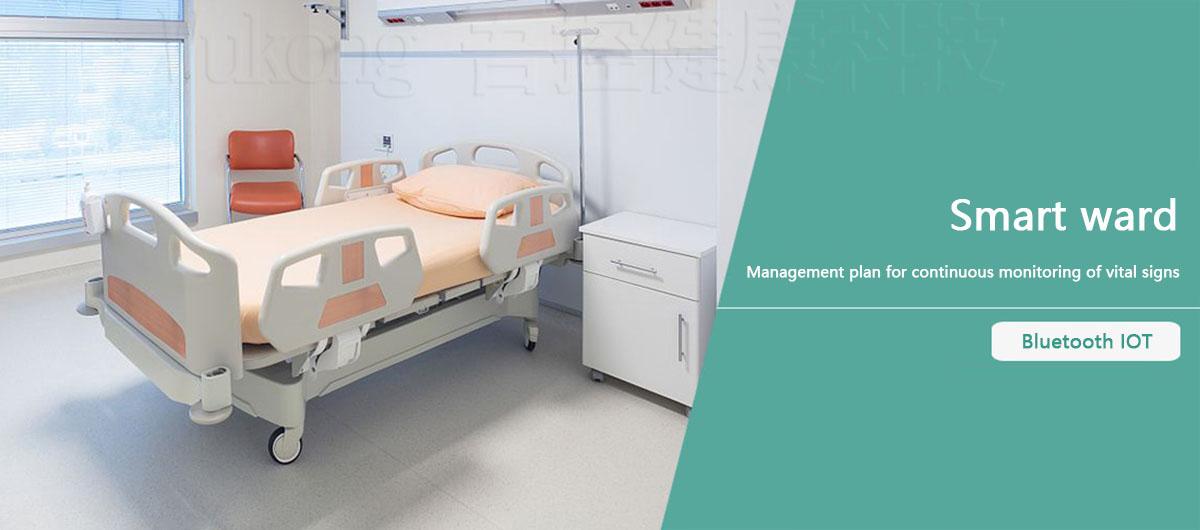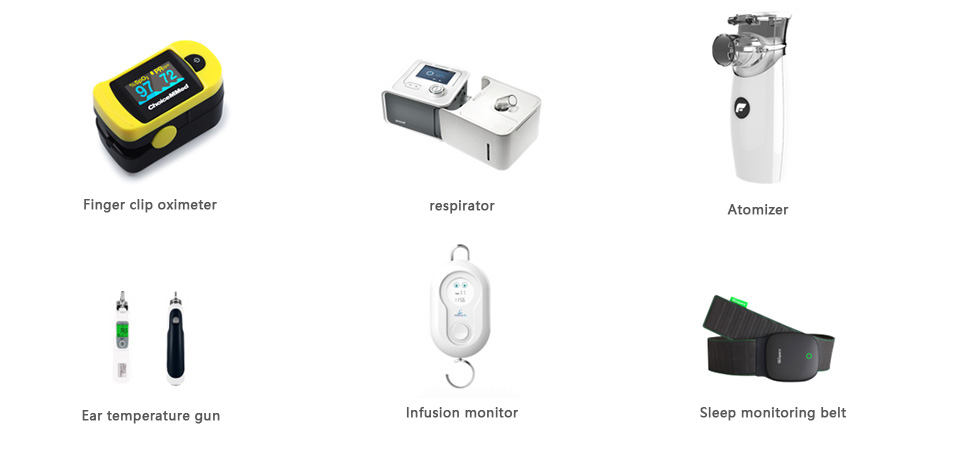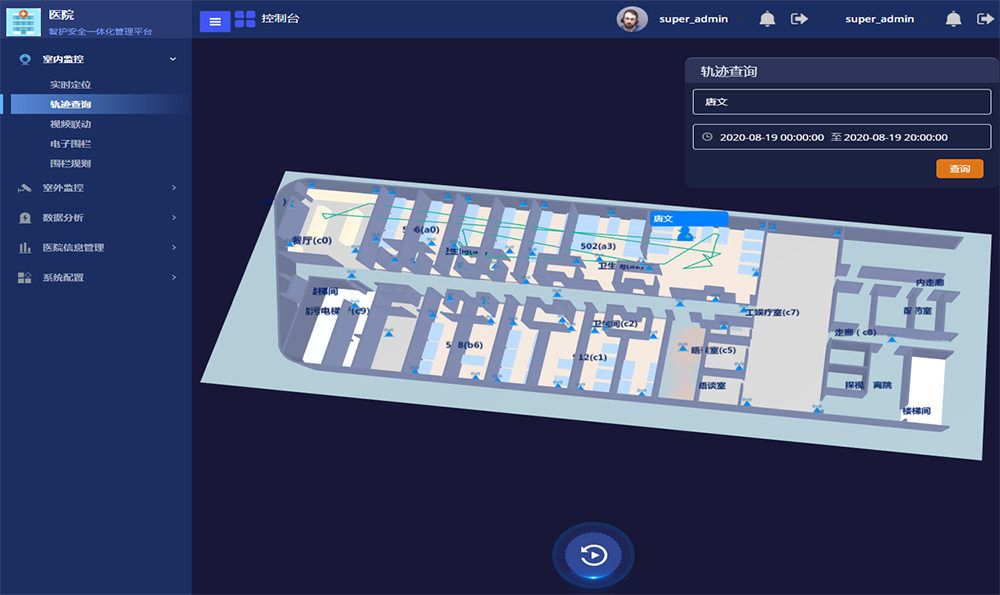
Project background
Generally, when going to the hospital for treatment, the medical staff have to manually detect the clinical manifestations such as body temperature, blood pressure and other information for patients on time and make records. The patients with serious physical condition also have to detect the heartbeat, pulse, ECG, breathing and other clinical manifestations of data information. At the end of 2019, the sudden outbreak of COVID-19 caused the imbalance of the ratio of doctors and patients, manual treatment and cross infection detection, and the high level of detection.
Current situation and problems -- management of body temperature, blood oxygen, blood glucose and blood pressure
At this stage: today's detection mostly uses manual processing detection, manual input, specified time detection once
Hospital: high frequency detection consumes a lot of manpower in the hospital, resulting in low overall efficiency, manual processing of manual records, more or less error rate
Medical staff: medical staff touch many patients with high frequency all day. If patients are infectious, there is a risk of cross infection
Patients: in the detection cycle, if the clinical manifestations of patients have begun to change, they can not be controlled quickly; The patients have to be disturbed once for each test, so it is difficult for patients to ensure sufficient rest time; Trend analysis of vital signs in some special patients
Current situation and problems -- management of electrocardiogram, heartbeat and respiration
At this stage: traditional medical equipment testing is precious, only a small number of staff use
Hospital: the equipment is clumsy and expensive, so the hospital can't ensure that all patients can get real-time monitoring of ECG, heartbeat and respiration
Medical staff: medical staff can't judge whether there is the risk of aggravation of physical condition according to the changes of clinical manifestations such as heartbeat and respiration of mild and moderate patients
Patients: due to the lack of machinery and equipment resources, most of the mild and moderate patients can not get rapid detection, resulting in the deepening of the disease, which can not be predicted
Ward plan of smart hospital
Along with the general office of China's Health Commission's notice on printing and distributing the hospital intelligent service grading evaluation standard system (Trial), it emphasizes the three major fields of "intelligent medical treatment, intelligent service and intelligent management" in the construction of intelligent hospital, which clearly defines the crucial importance of the construction of medical equipment of Internet of things, "using the most advanced Internet of things technology to realize the integration of patients and medical personnel Interaction between medical institutions and medical equipment ".
Scheme networking architecture

Technical advantages of the scheme
Multi connection, each hospital ward is equipped with a Bluetooth gateway, which can monitor multiple people and multiple Bluetooth devices at the same time;
The strong scan mode of Bluetooth is created, which can better reduce 2.4G wireless interference and network packet loss;
Using custom Bluetooth protocol stack to break the limitation of the number and bandwidth of Bluetooth bottom layer can reasonably improve the connection efficiency;
Compatible with Wi Fi, Ethernet and 4G ; The hospital only needs to arrange a set of Bluetooth network to realize the monitoring function of a variety of clinical equipment, so as to achieve the effect of time-saving and labor-saving, real-time and continuous data monitoring.
Can expand more machinery and equipment

Positioning service
Special STD patients:
1. Using network to set up electronic fence
2. When psychosis, anxiety and depression and other special patients go out of the scope of supervision in private, the background management of intelligent alarm and patient tracking positioning
Medical staff:
1. Within the radiation scope of Cassia network, intelligent "punch in and check-in" of in and out of Posts
2. Record and query the data information such as the number of wards and the length of service items, and intelligently supervise the evaluation

Smart ward deployment case
Huaxi Hospital, Kangning hospital, Beijing 301 Hospital
The vital signs of patients were collected by Bluetooth gateway and transmitted to the nurse station; So as to reduce the number of medical staff contact with patients and reduce the risk of infection
Through Bluetooth gateway to locate the real-time position of patients, track history, reduce security risks.
If you have any questions, please contact us by the following ways